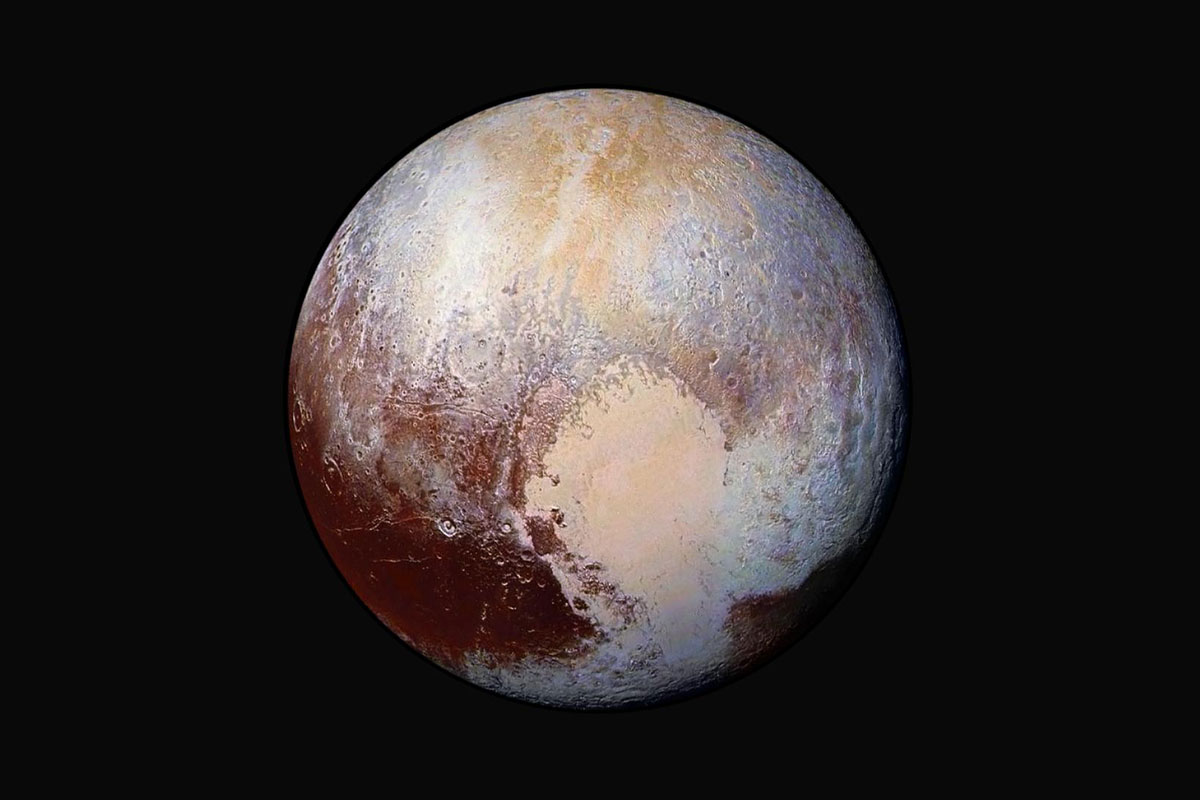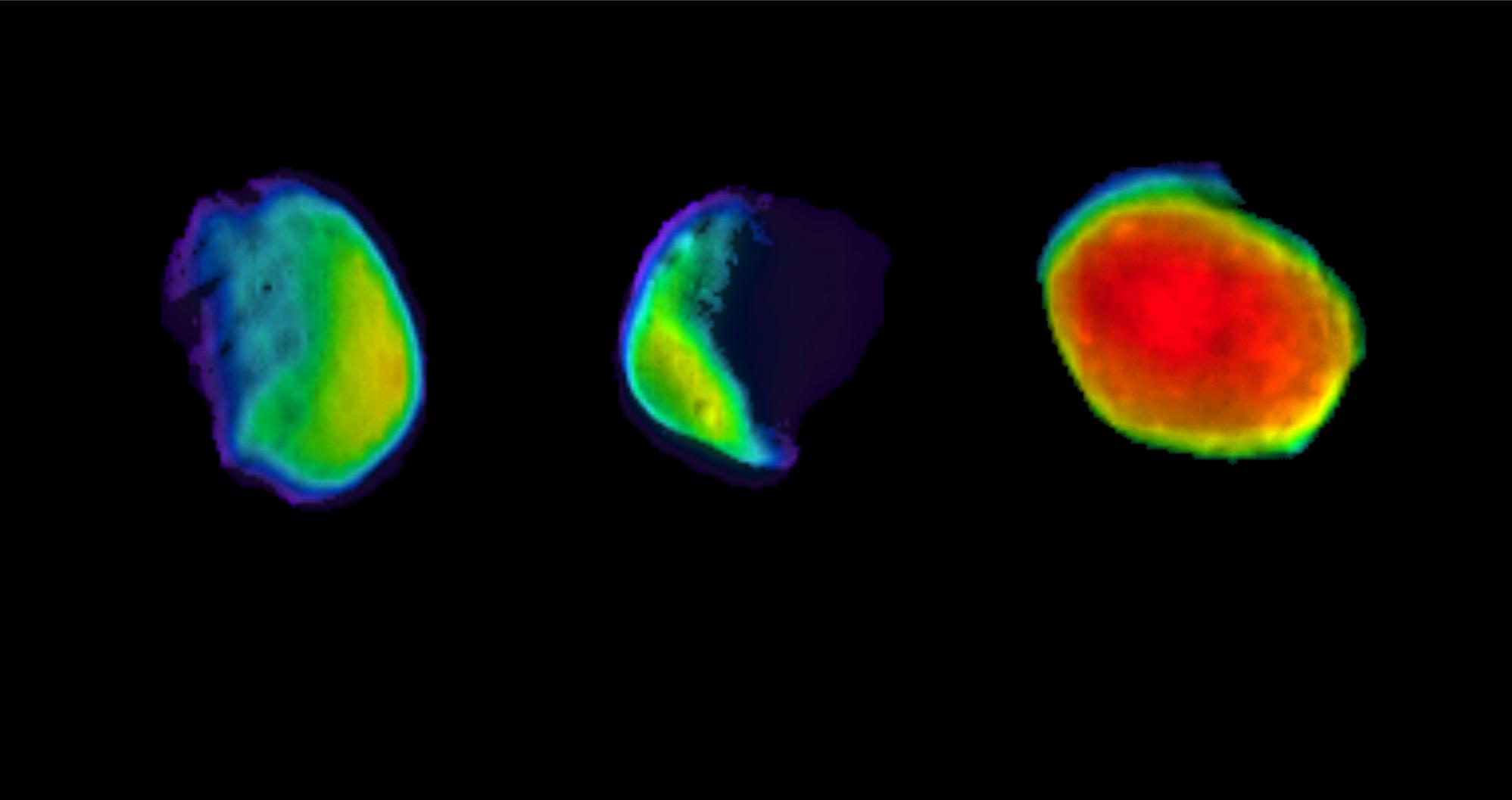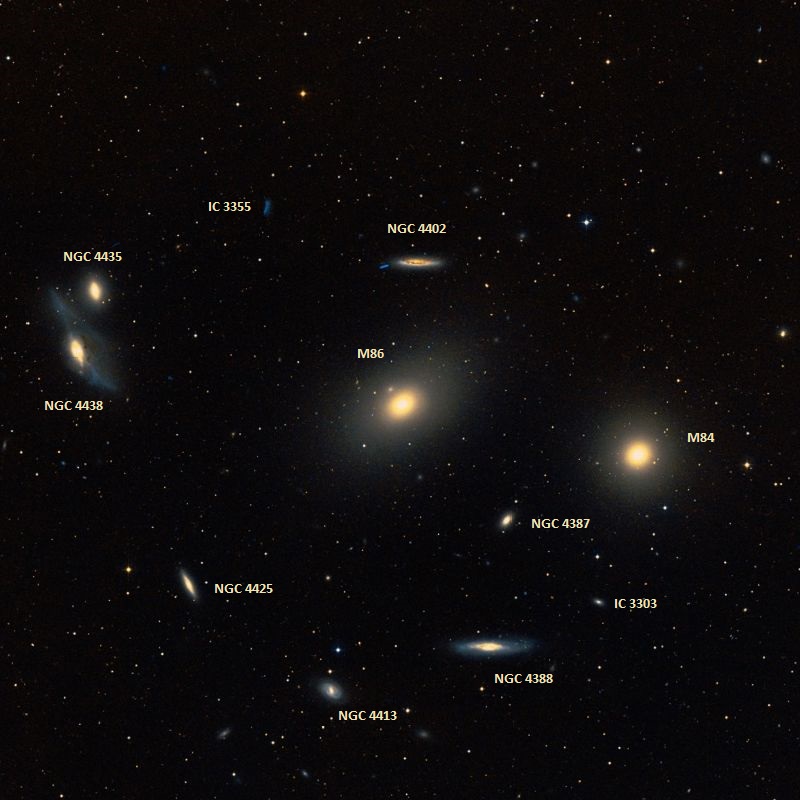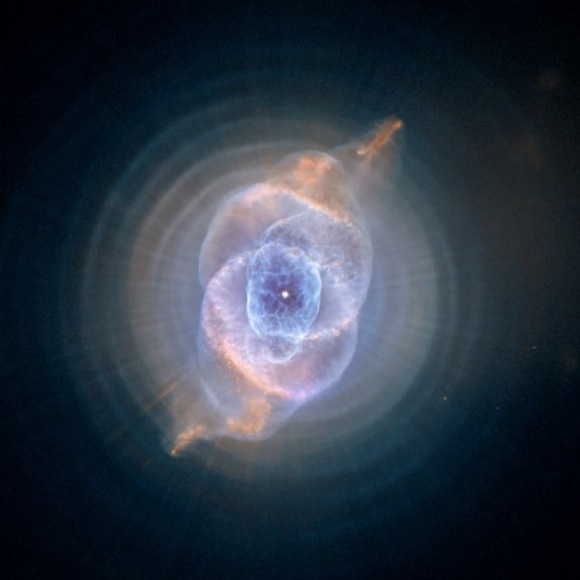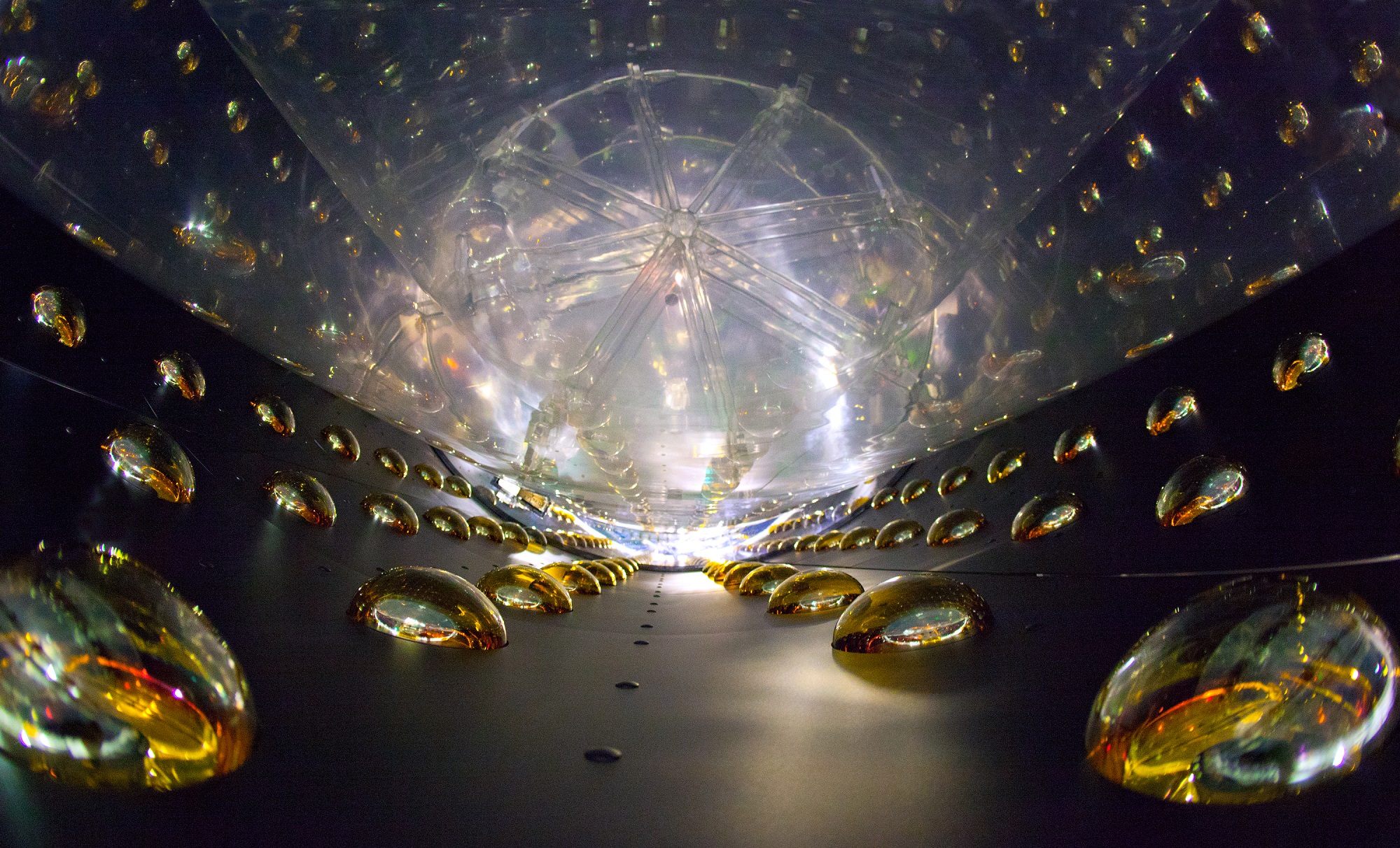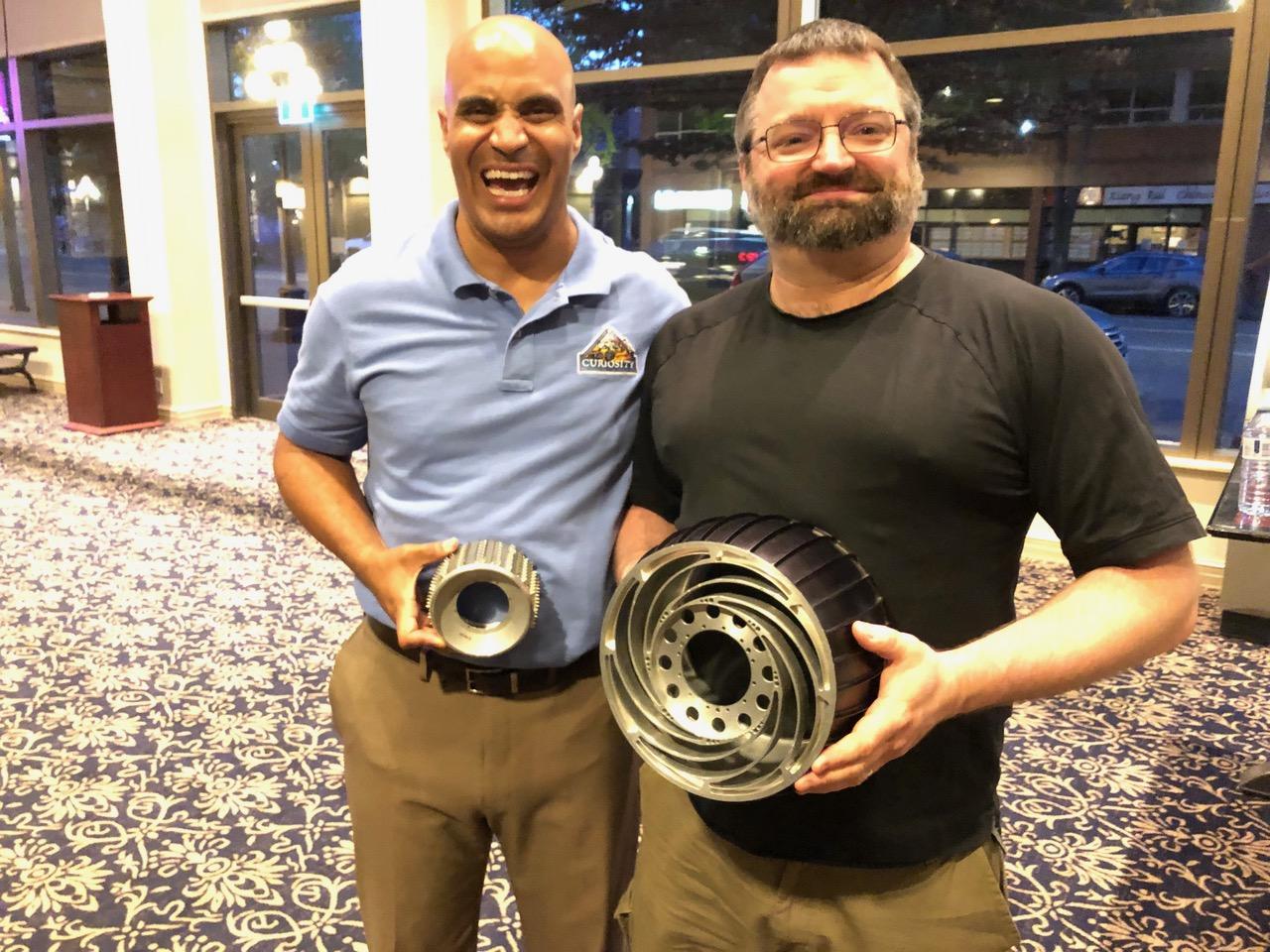In July of 2015, NASA’s New Horizons mission made history by becoming the first spacecraft to ever conduct a flyby with Pluto. In addition to providing the world with the first up-close images of this distant world, New Horizons‘ suite of scientific instruments also provided scientists with a wealth of information about Pluto – including its surface features, composition, and atmosphere.
The images the spacecraft took of the surface also revealed unexpected features like the basin named Sputnik Planitia – which scientists saw as an indication of a subsurface ocean. In a new study led by researchers from the University of Hokkaido, the presence of a thin layer of clathrate hydrates at the base of Pluto’s ice shell would ensure that this world could support an ocean.
Continue reading “An Insulating Layer of Gas Could Keep a Liquid Ocean Inside Pluto”
